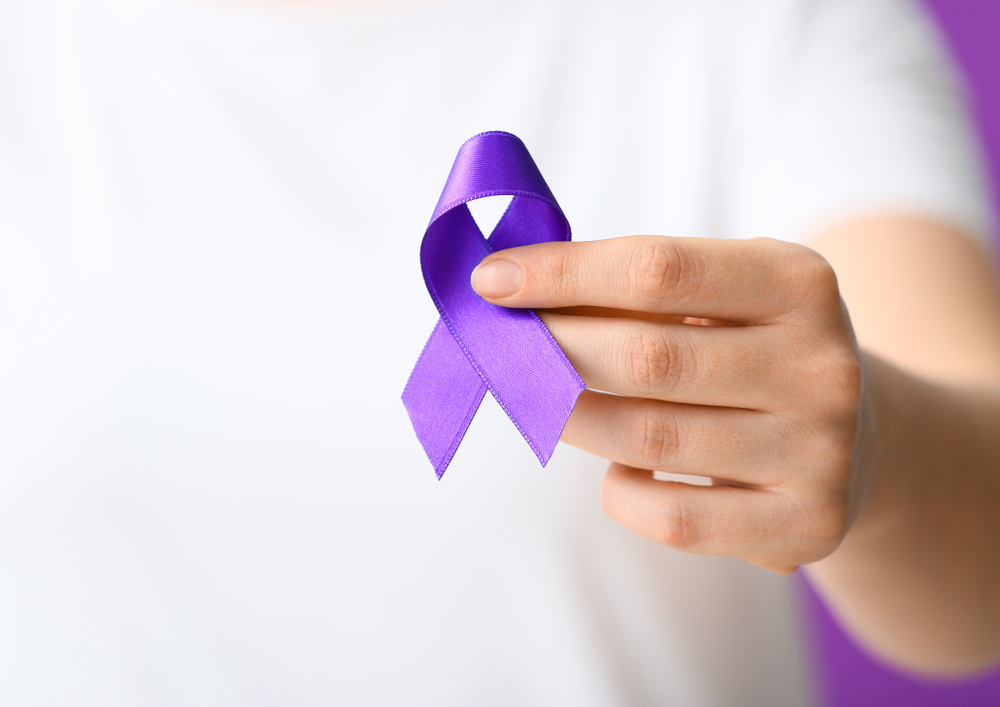Today is World Leprosy Day, an occasion that is observed every year on the last Sunday in January, with the aim of increasing awareness about leprosy (also called Hansen’s disease). Find out more about World Leprosy Day and its significance below.
The History of World Leprosy Day
World Leprosy Day was first established by Raoul Follereau, a French writer and humanitarian who worked to promote the dignity of poor and marginalised people.1,2 In India, World Leprosy Day is always observed on January 30th, a day chosen by Follereau to pay tribute to Mahatma Gandhi on the anniversary of his death.3 Gandhi was an avid campaigner for the rights and dignity of leprosy patients.4 The first World Leprosy Day was observed in 1954.1 Today, it has grown to become an internationally recognised day of observance.
Why do we Observe World Leprosy Day?
While most people believe that leprosy is a disease of the past, it is still a modern-day reality for many. Approximately 250,000 around the globe people are diagnosed with leprosy every year.5 Despite this, leprosy is still a widely misunderstood disease. Because of myths and misunderstandings, many leprosy patients face discrimination and exclusion6 from their communities and even their own families. The aim of World Leprosy Day is to create awareness about leprosy and fight the stigma attached to it, by helping communities around the world to understand the truth about leprosy.3
Facts about Leprosy
- Leprosy is a disease that affects the peripheral nerves and skin. It is caused by a bacterium called Mycobacterium leprae.7
- About 95% of people are naturally immune to Mycobacterium leprae, which means leprosy is not very contagious.7
- Leprosy causes nerve damage which can make patients lose some sensation in their hands, feet and eyes. This means they can injure themselves and not know that they’ve been hurt, so they don’t take care of the affected areas. The injuries get worse over time, sometimes causing lifelong disabilities.7
- Leprosy patients can be treated with multi-drug therapy (MDT). The medication is provided free of charge, and patients are able to live a normal life during treatment, without being isolated.7
The Role of The Leprosy Mission Southern Africa
The Leprosy Mission is a Christian charity committed to helping leprosy patients recover and thrive. We make free treatment accessible to people affected by leprosy. Our field workers show patients with nerve damage how to care for themselves to prevent injuries and disabilities.7 Timely diagnosis and treatment of leprosy can reduce the risk of nerve damage and disabilities, so we train health workers to recognise the early signs of leprosy.7 We also welcome invitations to speak about our work at churches and other gatherings.7
How You can make a Difference on World Leprosy Day
We rely on the help of our supporters in our mission to treat leprosy. Your contributions make it possible for our staff to help as many patients as possible, and to educate more people around South Africa about the realities of leprosy today. This World Leprosy Day, make a donation to The Leprosy Mission Southern Africa, and show your support for this important cause.
References:
1. World Leprosy Day. Wikipedia. Accessed December 27, 2024. https://en.wikipedia.org/w/index.php?title=World_Leprosy_Day&oldid=1233064227.
2. Follereau, Raoul. Pajama Press. Accessed December 27, 2024. https://pajamapress.ca/creator/follereau-raoul/.
3. World Leprosy Day. World Health Organization. Accessed December 27, 2024. https://www.who.int/campaigns/world-leprosy-day.
4. Patil S, Mohanty KK, Joshi B, et al. Towards elimination of stigma & untouchability: A case for leprosy. Indian J Med Res. 2019;149(Suppl 1):S81-S87. doi:10.4103/0971-5916.251663.
5. About Hansen’s disease (leprosy). Centers for Disease Control and Prevention. Accessed December 27, 2024. https://www.cdc.gov/leprosy/about/index.html.
6. Asampong E, Dako–Gyeke M, Oduro R. Caregivers’ views on stigmatization and discrimination of people affected by leprosy in Ghana. PLoS Negl Trop Dis. 2018;12(1):e0006219. doi:10.1371/journal.pntd.0006219.
7. Leprosy Mission Sothern Africa. Accessed December 27, 2024. https://leprosymissionsouthernafrica.org.za/.

